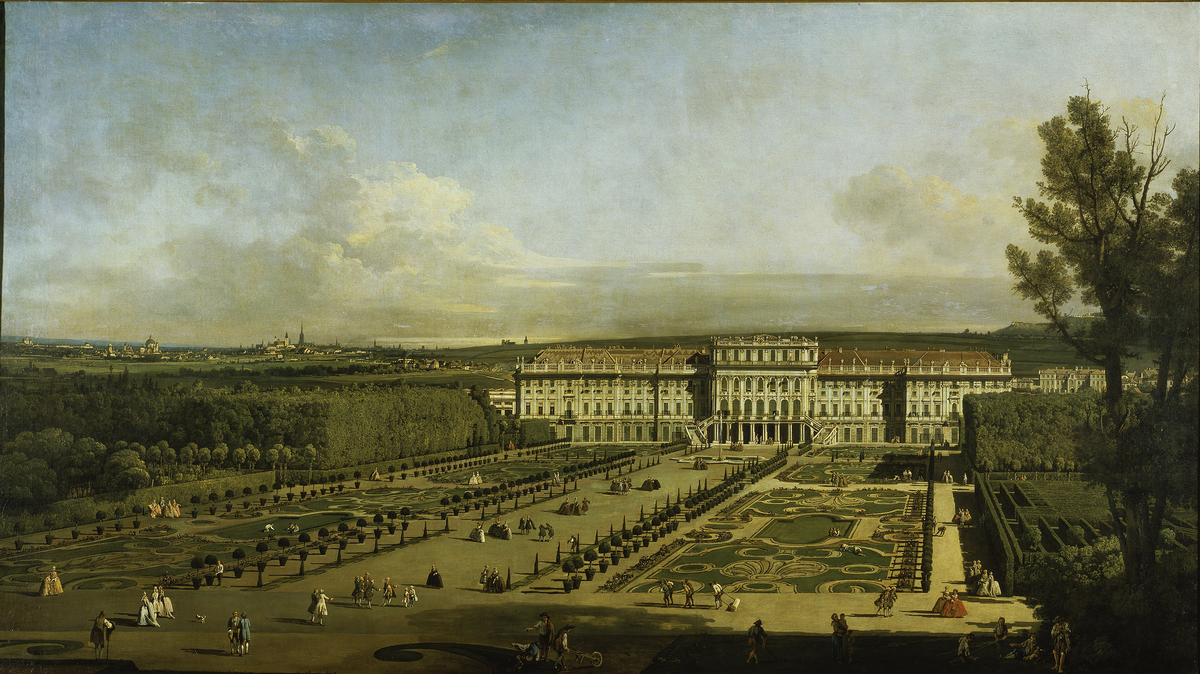Abstract
Designed and constructed (but not completed) by the Baroque master
builder Johann Bernhard Fischer von Erlach (1656-1723), the pleasure
palace of Schönbrunn in Vienna served as a summer residence for the
Habsburg emperors. Originally meant to eclipse Versailles, the grand
palace of Austrian rival Louis XIV of France, Schönbrunn is a stunning
example of the Baroque splendor pursued by monarchs in the age of
absolutism. The portions of the palace completed between 1696 and 1700
were scaled-back versions of a grander design that von Erlach was unable
to realize, most likely for financial reasons. In 1743, Empress Maria
Theresa commissioned architect Nikolaus Pacassi (1716-90) to redesign
the palace. The resulting structure, most of the important parts of
which were completed during Maria Theresa’s reign, is a masterwork of
the Austrian Rococo.
